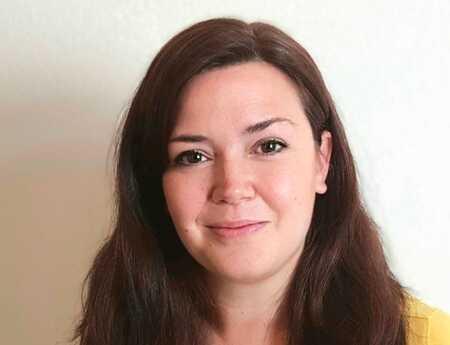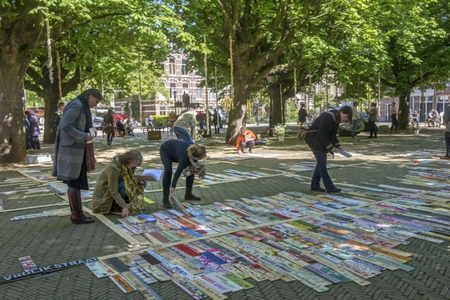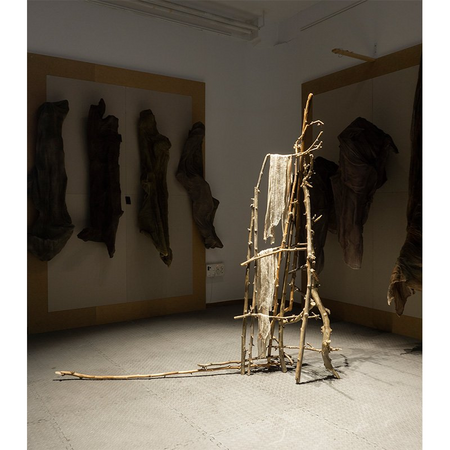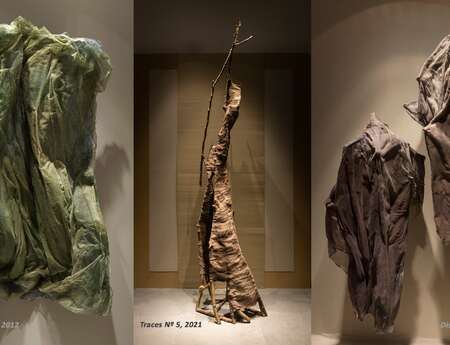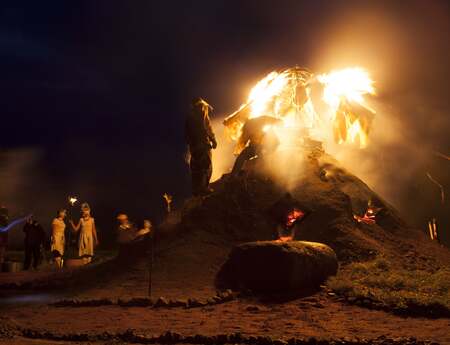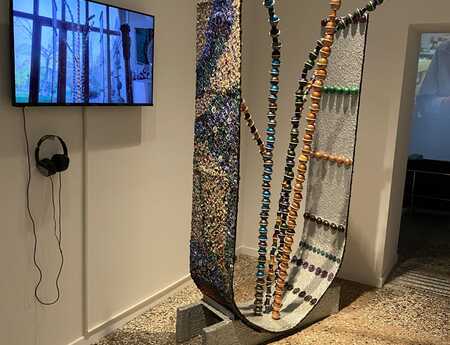We commemorate! Memorial Sculpture and Collective Rituals at the Online Club
In commemoration, we tend to pause and remember. In the Online Club on 2nd May 2022, the question of what we’re remembering, what characterises us, and what guides us, played just as important a role as the process of remembrance being a mark of unity did.
Using their own works, two particularly impressive contributors showed our 45 interested participants what different kinds of commemoration there are, how memories are a big part of us, and how much they influence us.
Commemoration as a Communal Experience: The Rituals of Ida van der Lee
Ritual, as a cultural communal form of commemoration seems to be a lost concept in today’s virtual and future-oriented world. Traditional rituals, which used to be a way of coming together and expressing gratitude or regret towards the general and individual past, are often associated with a rigid procedure that is typically perceived as outdated.
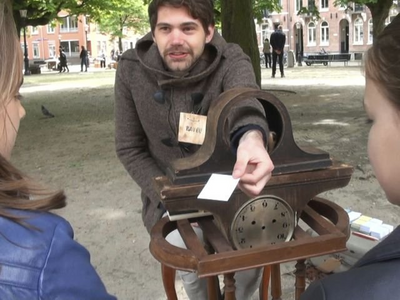
Amsterdam-based Dutch artist Ida van der Lee has dedicated her work to creating new modern rituals. With her Studio Ritual Art, a network of artists and volunteers, she creates carefully staged events on topics that are mostly taboo in today's society, that are perceived as too difficult or painful to deal with, such as death or war.
Ida van der Lee has made it her goal to bring these to light and to partly make commemoration a communal experience using large-scale rituals in public space that that can be experienced in a beautiful and special way.
The artistic aspect, the detailed, aesthetic design and the carefully selected elements, as well as the narrative structures, play an important role. Their rituals incorporate all art forms in an interdisciplinary way, from drama to dance to visual art, their own works and those of other artists. They can evolve, they can grow, and they can travel to new places.
In this online club, Ida van der Lee led the participants through two exemplary rituals.
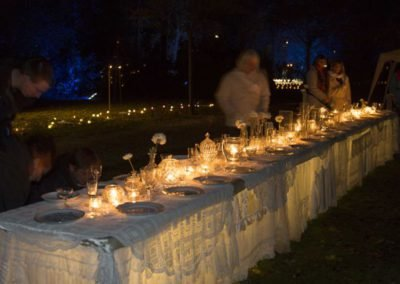
The All Souls’ Day Everywhere project (2005-2022), based on the All Souls' Day holiday, is dedicated to encountering and dealing with death, the painful subject that is part of every life sooner or later. The ritual invites participants to remember a loved one and at the same time offer a chance to celebrate life in exchange with others.
The ritual was first held in 2005 at the Nieuwe Ooster Cemetery in Amsterdam, one of the largest cemeteries in the Netherlands.
At night, visitors are invited to wander through various stations in the cemetery by candlelight and interact with them. Among many other stations, the Dining with the Dead ritual is an impactful one.
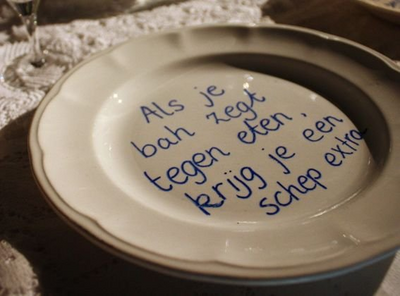
At an opulent table set with fine tablecloths, crystal glasses and silver cutlery, relatives can reserve a place for their deceased loved ones by writing a characteristic quotation on a plate. The loved ones thus become present, not only for the individual, but as part of a communal event.
Another ritual, the White Laundry, exemplifies how much individual emotionality can be charged into the process of remembering.
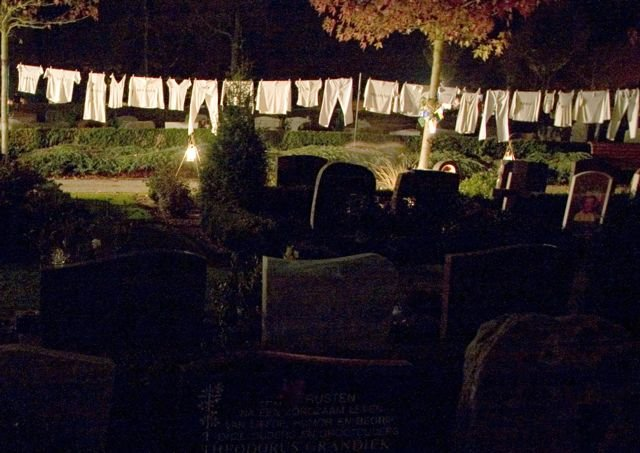
Items of clothing hang on a clothesline and are labelled with various relationship terms, such as mother, brother, hero and work colleague. The participants choose a relationship attached to a piece of clothing. By then deciding whether to wash the pieces in cold or warm water and with what intensity, they give physical expression to their memories and emotions. Were they warm, pleasant memories, or was the relationship rather difficult and cold?
Many of these rituals use symbols to elicit memories from the participants, to encourage storytelling and, through this very sharing of memories, to perceive death from a new perspective. And it is this change of perspective that makes a good ritual in the artist's sense.
As an annual event, All Souls' Day Everywhere has evolved over the years and met with an incredibly positive response. Between 2007 and 2015, around 100 celebrations were held with more than 100,000 visitors. In 2008, the project received the Yarden Prize, as well as the Haarlemmermeer Culture Prize in 2012. In 2018 it was invited to Denmark and this year it will take place at Copenhagen's largest cemetery.
Although initially met with rejection and scepticism from authorities and operators, this response exemplifies how art can bring about a change in society and its perspective.
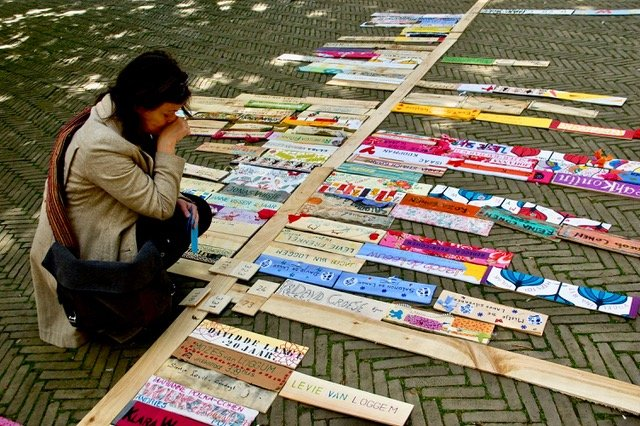
Names and Numbers (2012-2021), another impressive project that came into being in 2012, has since continued to exist virtually. It takes place on 4th May, the Dutch National Remembrance Day for victims of the Second World War. The project commemorates the 2800 deported Jews from Amsterdam's Oosterparkbuurt district, the neighbourhood where Ida van der Lee grew up. Through various stations, participants get the opportunity to symbolically accompany one of the many victims of this neighbourhood home, and in doing so, understand how history is part of us all.
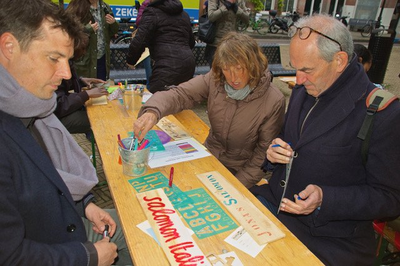
The ritual’s path leads to an archive where the participants choose the name of a victim and create a personal name tag for them. Model rails made of chalk trace the routes of the deportations, along which the participants go on pilgrimage and discover various information and contemporary testimonies. In accordance with the goal of the change of perspective, however, the paths do not lead the participants to the concentration camps and the cruel end of the Jews. Instead, the participants arrive at the Street Monument, a large street map of Oosterparkbuurt, on which they place the nameplate at the respective home address of the victim.
With every passing year, the map grows in the hope that all of the victims of Oosterparkbuurter can eventually be brought home.
Both of the rituals presented impressively show how important joint active commemoration is in today's society and how rituals can be used sustainably to generate a social awareness of the significance of our past.
Struggling with Life – In Conversation with Sculptor, Marvin Liberman
Currently living in Spain, American artist Marvin Liberman presented his sensitive works in the second lecture of this online club.
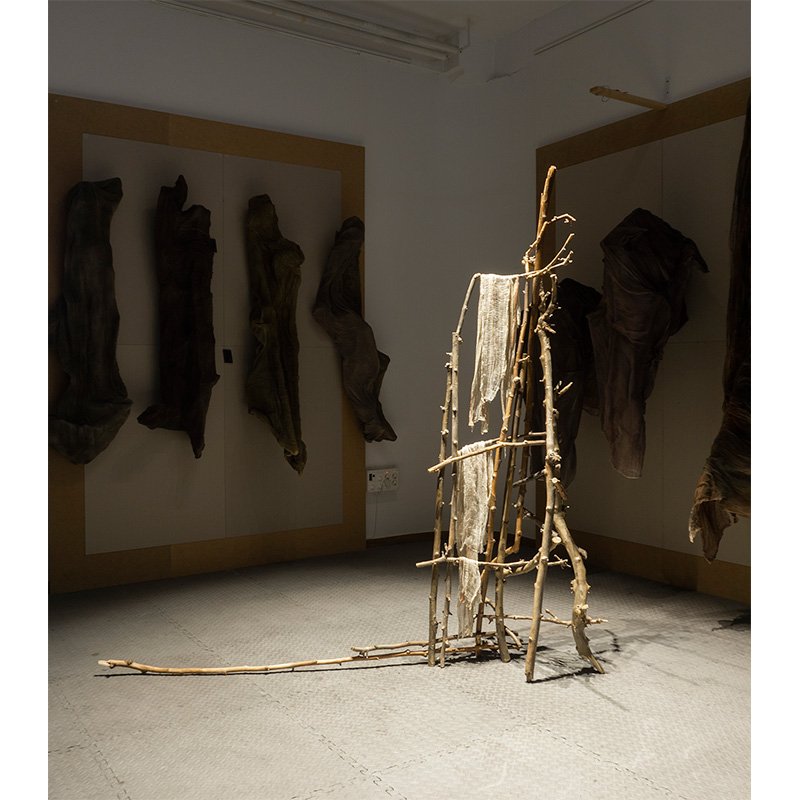
Whilst his early works were mostly figurative self-portraits in clay, he now creates abstract sculptures in muted colours from simple materials such as gauze and branches. They are often fragile structures made of textile folds, under which ghostly floating figures seem to emerge. Other times, the materials seem to be tightly intertwined, as if something were caught in them, twisting between the branches.
The material gauze, as a classic bandage material, holds associations of injuries that the figures carry with them and that come from a past unknown to us.
The confrontation with these fragile figures raises questions, and that is precisely what the artist wants.

Impressively, Marvin Liberman told us in the Online Club about his life and career, his Jewish roots, the story of his Ukrainian grandparents' escape, his personal dramatic experiences as a young man, and his many years of work at the U.S. Holocaust Memorial Museum, Washington. Liberman eventually returns to sculpture. But not, as one might think, to come to terms with the subject of the victims of the Holocaust that had preoccupied him for so many years. But rather to devote himself to the drama and trauma of the survivors.
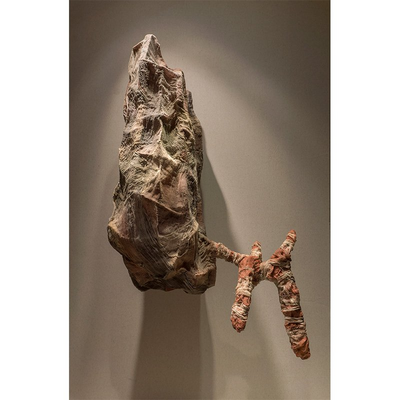
Based on his own experience of trauma, he focuses his work on what is happening in the present and aims to raise the viewer's awareness of the times in which we live. What traumas have we gone through ourselves? What have these experiences done to us? What traces have they left behind and how have they changed or shaped us?
The fragility of his materials is deliberately chosen and represents our own vulnerability in life, both physically and emotionally. His sculptures evolve out of the process, without a prior design. This is palpable, as the figures seem to first develop, move and wrestle with life under the material, as Liberman himself puts it.
He deliberately creates his figures life-size and presents them in contrasting light. The interaction between light and shadow brings his figures to life. Any encounter brings you almost face to face with them, making it feel like you could simply strike up a conversation. And it is precisely this intimate exchange that the artist is pursuing with his works. His works are bodies that carry their own hidden history. It is a history of traumatic experiences that has changed and shaped these bodies. And only in dialogue and confrontation is it possible to understand what is hidden, human nature, its vulnerability, its will to survive, and the wounds that lie hidden beneath the surface.
Author: Julia Weiss
Julia is an art historian from Munich. She has been working for sculpture network since April 2022.
Translation: Hannah Griffiths
Cover picture: The Online Club, 2 May, Ida van der Lee, Studio Ritual Art, Names and Numbers, Amsterdam, NL, 2012-2020

